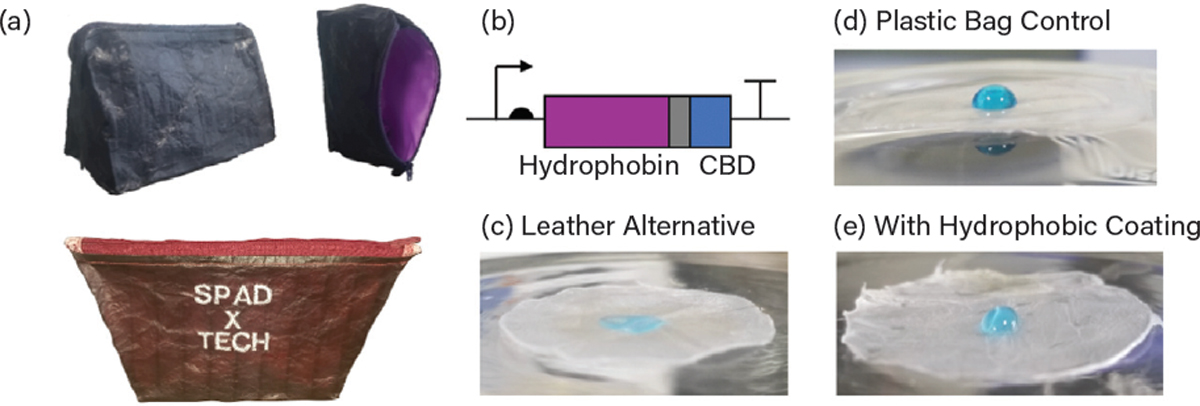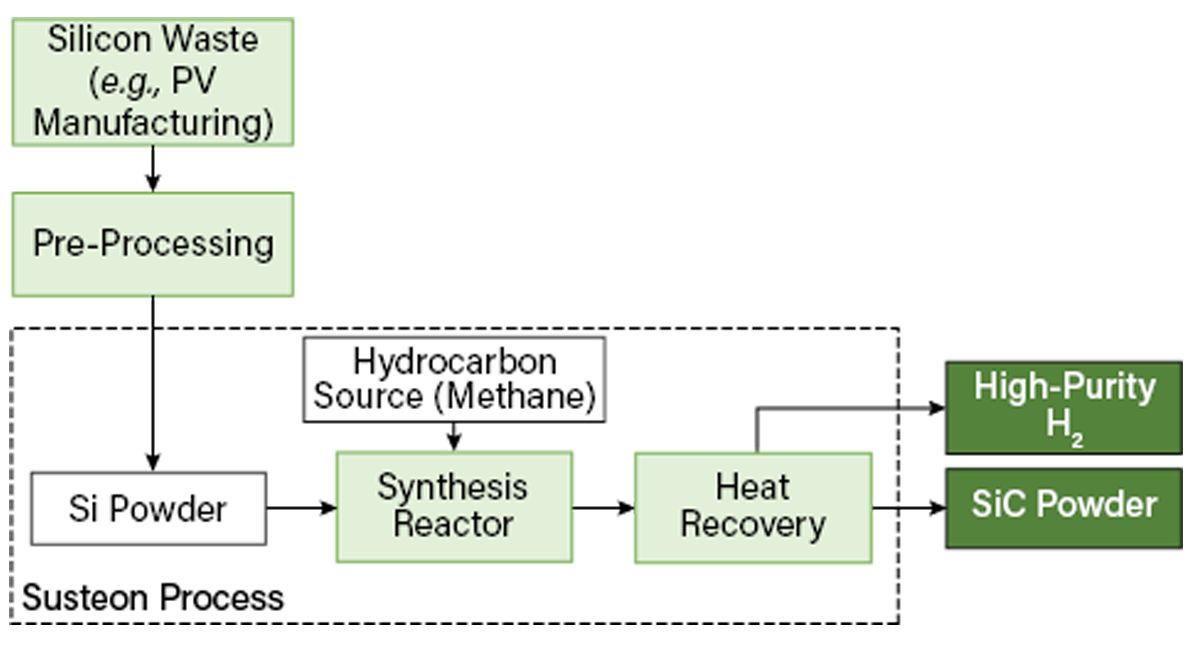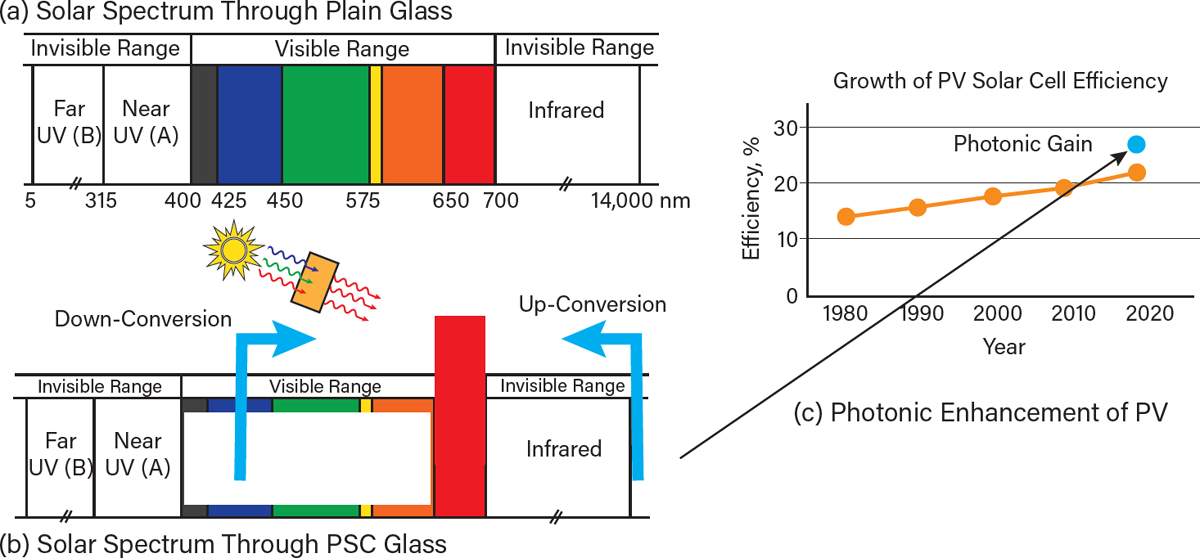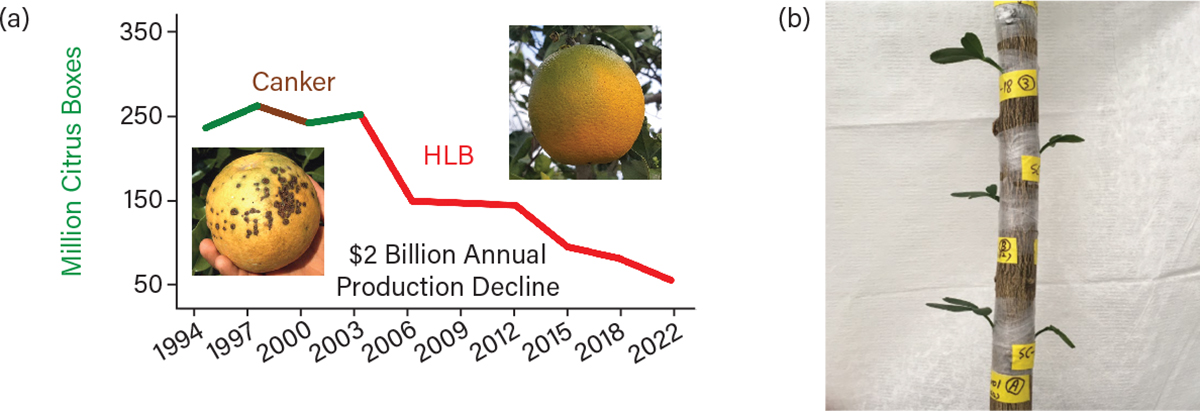NSF Funded Companies: In Partnership with CEP
These articles were written in partnership with the Chemical Engineering Progress about the work of some of our NSF funded companies.
New Firefighting Nozzles Suppress Wildfires More Quickly
Wildfires are one of the biggest environmental threats, burning millions of acres worldwide each year. Our ability to suppress wildland fires relies on the availability of water, and fire hose nozzles play an important role. As water travels from nozzle to fire, some of the water absorbs heat and evaporates, cooling the fuel mixture (e.g., thick brush and grass). Additionally, on conversion to steam, water expands 1,700 times, diluting the fuel vapors and inhibiting combustion. The percentage of water that absorbs heat and evaporates is called its evaporation efficiency. Therefore, it is critical to maximize the evaporation efficiency of the water stream.
Learn MoreA Sustainable Alternative to Performance Plastics Makes a Debut
Our world is awash in plastics. Once considered “miracle materials,” they are found in everything from food wrappers to handbags to car seats. One application in which plastic plays a huge role is in mimicking leather (so-called pleather), with a global projected market size of nearly $78 billion in 2025. The problem with plastic-based materials, however, is that their production process is highly polluting and contributes to greenhouse gas emissions. More serious is their disposal, because plastics do not readily break down under natural conditions, and thus they make their way into our lands, waterways, and oceans as microplastics. Furthermore, additives that make plastics water-repellent often contain highly fluorinated substances (e.g., PFAS) or “forever chemicals” that can jeopardize health even at parts-per-trillion levels. Thus, there is a strong desire to replace petroleum-based, non-renewable, and harmful polymers.
Learn MoreA Novel, Low-Cost Sustainable Process to Produce Silicon Carbide
Silicon carbide (SiC) is a versatile non-oxide ceramic that has gained considerable interest for a range of applications. Its unique physical and chemical properties include relatively low thermal expansion, high force-to-weight ratio, high thermal conductivity, hardness, resistance to abrasion and corrosion, and most importantly, sustained elastic resistance at temperatures up to 1,650°C. These properties have led to its use as an advanced ceramic component for the defense, steel manufacturing, chemical, aerospace, and automotive industries. In addition, its electrical properties, in combination with its mechanical and thermal properties, make it an excellent semiconductor for high-voltage and high-temperature power electronic systems, such as electric vehicle powertrains and 5G power transmitters.
Learn MorePhotonic Smart Coatings Unlock New Efficiencies in Solar Panels
Most photovoltaic (PV) cells are designed to harvest a small band of the solar spectrum, between 450 nm to 1,050 nm, which represents less than 30% of the full solar spectrum (that ranges from 290 nm to 2,400 nm). Hence, if conversion of photons at shorter and longer wavelengths can be achieved, an increase in power output of 15% or more is possible. Single-junction monocrystalline or polycrystalline silicon solar cells have captured the majority (>90%) of the market share of solar PV cells in the utility, commercial, and residential sectors. Enhancing the efficiency of these cells by accessing a wider range of the solar spectrum will unlock significant value.
Learn MoreGene Editing Promises New Disease-Resistant Citrus Trees
In the past few decades, two bacterial diseases — Huanglongbing (HLB) and citrus canker— have decimated the Florida citrus industry by killing millions of trees, costing the state billions in lost revenue, and reducing production by 80%. HLB disease has spread to Alabama, California, Georgia, Louisiana, Mississippi, South Carolina, and Texas. There are currently no economical solutions for these industry-threatening diseases. Growers are applying large amounts of pesticide to combat the disease; this is unsustainable and has little to no effect.
Learn More





